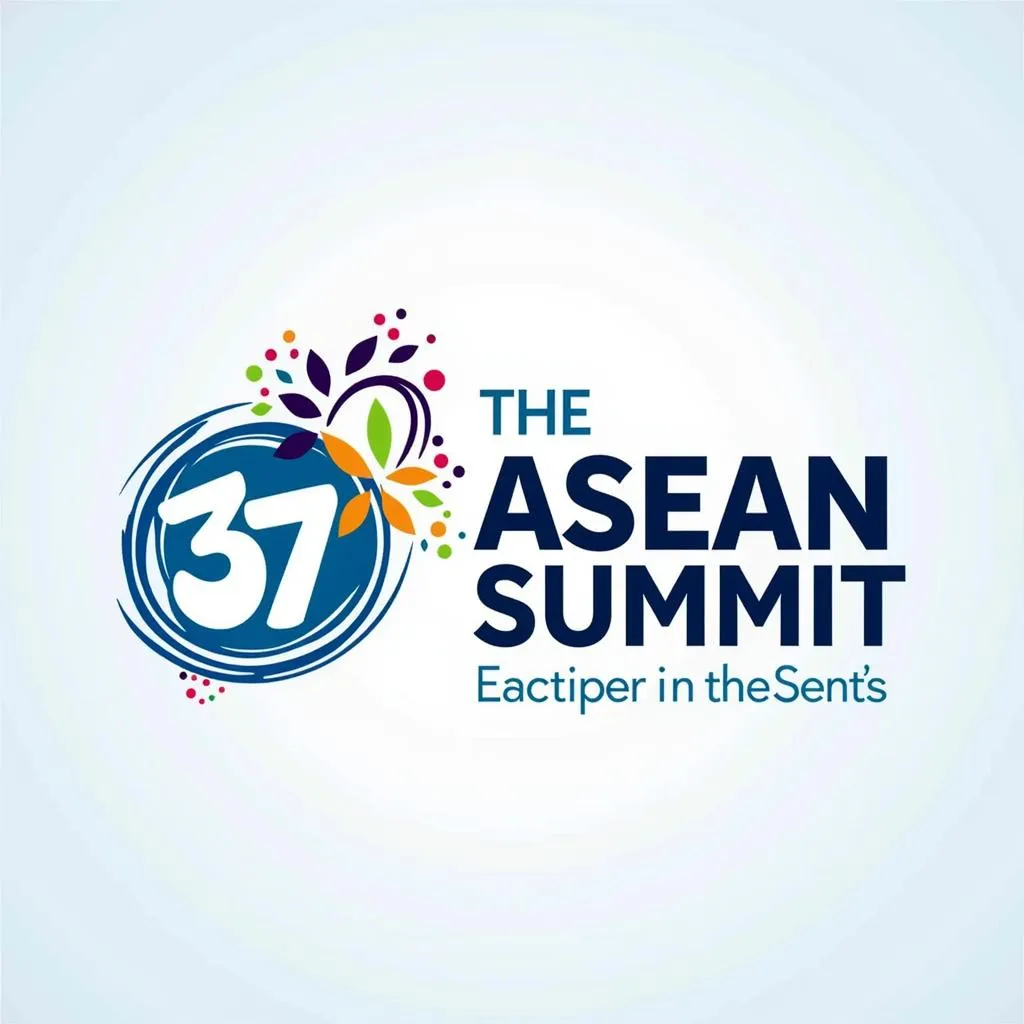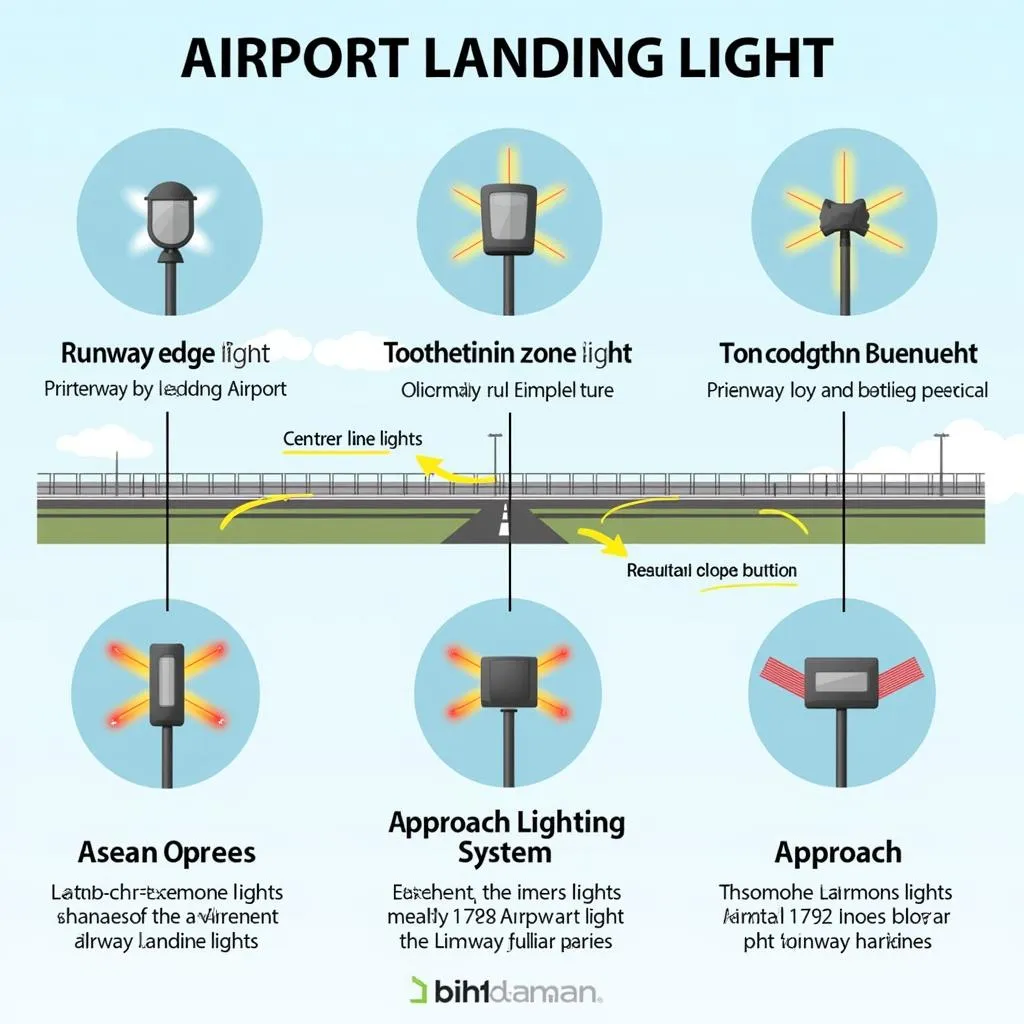The ASEAN P3, or ASEAN Plus Three, is a regional cooperation framework that brings together the 10 member states of the Association of Southeast Asian Nations (ASEAN) with China, Japan, and South Korea. This partnership, established in 1999, aims to promote economic growth, sustainable development, and regional stability within the East Asian region. The ASEAN P3 has evolved into a vital force in shaping the economic and political landscape of Southeast Asia, and understanding its key principles and achievements is crucial for anyone interested in the region’s future.
The Pillars of ASEAN P3 Cooperation
The ASEAN P3 framework is built upon three pillars:
1. Economic Cooperation:
- Trade and Investment: The ASEAN P3 has facilitated trade and investment flows between the member states through various initiatives, including free trade agreements, economic partnerships, and investment promotion programs.
- Infrastructure Development: The partnership has invested heavily in infrastructure projects, such as transportation networks, energy grids, and telecommunications, to enhance regional connectivity and economic integration.
- Financial Cooperation: The ASEAN P3 has established mechanisms for financial cooperation, including currency swap arrangements, credit lines, and investment funds, to support economic stability and growth.
2. Socio-Cultural Cooperation:
- People-to-People Exchange: The ASEAN P3 encourages people-to-people exchanges through cultural events, academic programs, and tourism initiatives, fostering understanding and cooperation.
- Education and Training: The partnership promotes educational and training programs to enhance human capital development and knowledge sharing among member states.
- Science and Technology: The ASEAN P3 facilitates collaboration in research and development, particularly in areas such as renewable energy, disaster management, and climate change.
3. Security Cooperation:
- Regional Stability: The ASEAN P3 promotes regional stability through dialogue, cooperation, and confidence-building measures.
- Disaster Management: The partnership has established mechanisms for disaster response and preparedness, enabling member states to better address natural disasters and humanitarian crises.
- Non-Traditional Security Issues: The ASEAN P3 addresses non-traditional security challenges, such as terrorism, transnational crime, and environmental degradation, through collaborative efforts.
The Significance of ASEAN P3
The ASEAN P3 has made significant contributions to the economic and political landscape of Southeast Asia.
- Economic Growth: The partnership has fostered economic growth in the region through increased trade, investment, and infrastructure development.
- Regional Stability: The ASEAN P3 has played a vital role in promoting regional stability by fostering dialogue and cooperation among member states.
- Human Capital Development: The partnership has contributed to human capital development by promoting educational and training programs.
- Global Influence: The ASEAN P3 has enhanced the region’s global influence by strengthening cooperation and fostering a collective voice on international issues.
“The ASEAN P3 has proven to be a powerful engine for regional cooperation, contributing significantly to the prosperity and stability of Southeast Asia. It has facilitated economic growth, improved infrastructure, and fostered social and cultural exchange, ultimately strengthening the bonds between the member states.”, says Dr. Maria Lopez, a renowned expert on East Asian politics.
Challenges and Opportunities
Despite its achievements, the ASEAN P3 faces several challenges, including:
- Economic Asymmetries: The economic disparities among member states can create imbalances in trade and investment flows.
- Geopolitical Tensions: Geopolitical tensions between China and some other member states can complicate cooperation.
- Non-Traditional Security Threats: Non-traditional security threats, such as climate change and cybersecurity, pose challenges for the partnership.
However, the ASEAN P3 also presents opportunities for the region:
- Digital Economy: The partnership can play a key role in promoting the digital economy and harnessing the power of technology.
- Sustainable Development: The ASEAN P3 can collaborate on sustainable development initiatives, such as climate change mitigation and renewable energy.
- Regional Integration: The partnership can further enhance regional integration through deeper economic and political cooperation.
Conclusion
The ASEAN P3 is a critical framework for promoting regional cooperation and prosperity in Southeast Asia. It has fostered economic growth, strengthened regional stability, and contributed to human capital development. While challenges remain, the ASEAN P3 offers significant opportunities for the region to address emerging issues and enhance its global influence.
FAQ
1. What are the benefits of the ASEAN P3 for member states?
The ASEAN P3 offers numerous benefits for member states, including increased economic growth, improved infrastructure, enhanced regional stability, and opportunities for human capital development.
2. What are the key initiatives of the ASEAN P3?
The ASEAN P3 has undertaken various initiatives, such as free trade agreements, infrastructure development projects, and educational exchange programs.
3. How does the ASEAN P3 contribute to regional stability?
The ASEAN P3 promotes regional stability by fostering dialogue, cooperation, and confidence-building measures among member states.
4. What are the future prospects of the ASEAN P3?
The ASEAN P3 is expected to continue playing a vital role in promoting regional cooperation and prosperity in Southeast Asia, particularly in addressing emerging issues such as the digital economy and sustainable development.
5. What are some of the challenges facing the ASEAN P3?
The ASEAN P3 faces challenges such as economic asymmetries, geopolitical tensions, and non-traditional security threats.
6. How does the ASEAN P3 impact global affairs?
The ASEAN P3 enhances the region’s global influence by strengthening cooperation and fostering a collective voice on international issues.
7. How can I learn more about the ASEAN P3?
You can learn more about the ASEAN P3 by visiting the official websites of ASEAN and its member states, as well as reputable international organizations that focus on Southeast Asian affairs.
**For more information or assistance with your ASEAN P3 needs, please contact us at:
Phone: 0369020373
Email: [email protected]
Address: Thôn Ngọc Liễn, Hiệp Hòa, Bắc Giang, Việt Nam
We have a dedicated customer support team available 24/7.

